#ThrowbackThursday – 25 April
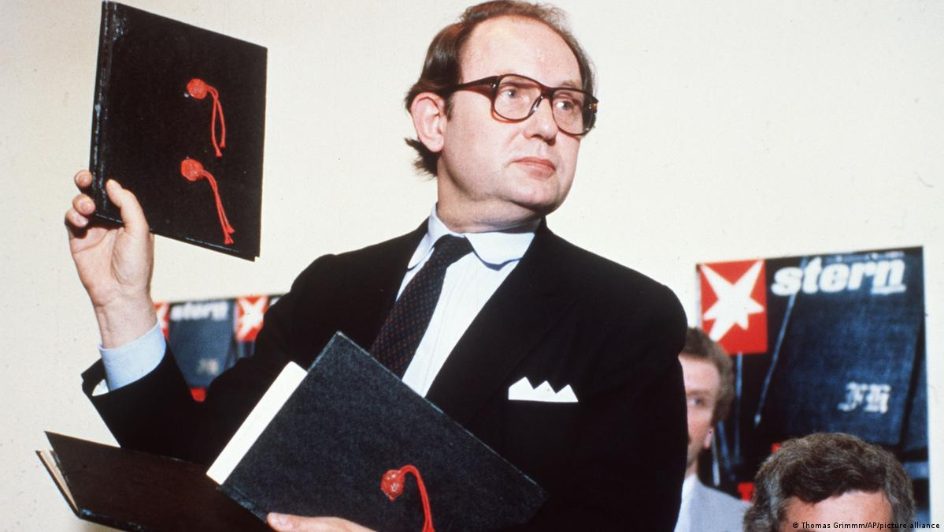
It’s 25 April, and that means it’s time for another edition of Throwback Thursday! Today, we’re taking a look back at three prominent events that went down on this day in history:
1954 – Solar Power Sees the Light
Solar-powered energy is all the rage these days, but did you know that it’s much older than you think?
On this day 70 years ago, American scientists at Bell Labs in Murray Hill, New Jersey introduced the first battery to ever be powered by solar energy.
Observe this magazine advertisement promoting the new invention: “[The battery is] made of thin discs of specially treated silicon, an ingredient of common sand. It converts the sun’s rays directly into usable amounts of electricity. Simple and trouble-free.”
Solar cell technology has been around since the 19th century, but it was the first time that it had been realised in this particular form.
According to Bell Labs, the battery was six per cent efficient at harnessing sunlight and converting the energy into usable electricity. They were able to demonstrate its capabilities by powering a radio transmitter and a toy Ferris wheel.
“There’s still much to be done before the battery’s possibilities in telephony and for other uses are fully developed,” the advertisement concludes. “But a good and pioneering start has been made.”
Indeed it was – solar power has improved in leaps and bounds since then, with many going off the grid in order to make a more economical, environmentally-friendly impact!
1983 – A Hitlerian Hoax
Nearly 40 years after World War II came to an end, the diaries of the man who was a leading figure during this tumultuous period were unearthed – or so it was initially believed.
On 25 April 1983, a West German magazine called “Stern” declared that the diaries of Adolf Hitler, the former chancellor of Nazi Germany, had been discovered. Consisting of 62 volumes purportedly written by Hitler from ??1932 until his suicide in 1945, they were recovered from a plane crash at the end of the war.
After they were supposedly stashed away in a hayloft, they were rediscovered by an East German army officer, whose brother, Konrad Fischer, was an antique dealer. Fischer sold these diaries to a journalist named Gerd Heidemann, who in turn sold them to “Stern” for $3.7 million.
Despite early expert opinion that the diaries were authentic, other newspaper publications who shelled out lots of money to publish excerpts from the volumes remained wary. Even the editors at “Stern” began to doubt their legitimacy, so they forwarded them to the German Federal Archives for a more thorough examination.
In the end, the diaries were deemed as fakes. They had, in fact, been produced by Fischer (real name Konrad Kujau, a notorious forger) between 1981 and 1983. He used tea to age the appearances of the pages, and he studied Hitler’s speeches and books to pen the entries – albeit riddled with factual errors – in handwriting that could have passed as the chancellor’s. What’s more, the pen and paper Kujau used were only produced after the conclusion of the war, not before.
Kujau was sentenced to jail for four-and-a-half years for forgery; Heidemann was charged with fraud and jailed for the same length of time. Meanwhile, two top editors at “Stern” lost their jobs.
The diaries are currently on display at the German Federal Archives.
1990 – Hubbling Along
It feels like the Hubble Telescope has been in space for the longest time, but in truth, it has been orbiting our planet for only 34 years.
Funded mainly by the US-based space agency, NASA, the telescope – named after astronomer Edwin Hubble – construction began in the late 1970s. After a series of technical delays and budget-related issues, it was finally launched in 1990.
On 24 April, Hubble was launched from Kennedy Space Center in Florida aboard the space shuttle “Discovery”. The next day, it was successfully deployed into low Earth orbit.
Per statistics, Hubble orbits 547 kilometres above Earth, on a path inclined 28.5 degrees to the equator. It maintains an average speed of 27 000 kilometres per hour, and it completes a single orbit in approximately 95 minutes.
Since its deployment over 30 years ago, the telescope has captured more than 1.6 million observations and counting, contributing to crucial discoveries and advancements in the fields of science, engineering and astronomy. This includes confirming the existence of supermassive black holes at the centres of galaxies, and providing detailed images of distant galaxies and nebulae, all of which have stirred immense public interest and imagination!
Image Credit: Source







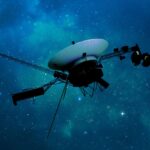
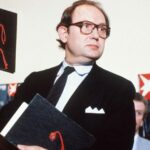


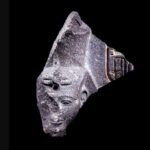


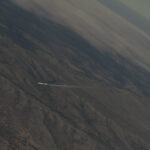










Weird ’n Wacky
FunHilarious video clips featuring animals, sports, food, & more!
Status Hub
SocialTrend on social media with these statuses!
Social Trending
SocialWant Top Trending Stickers and WhatsApp Stories!?
New Emoji
SocialChoose from stacks of exclusive shareable emojis.